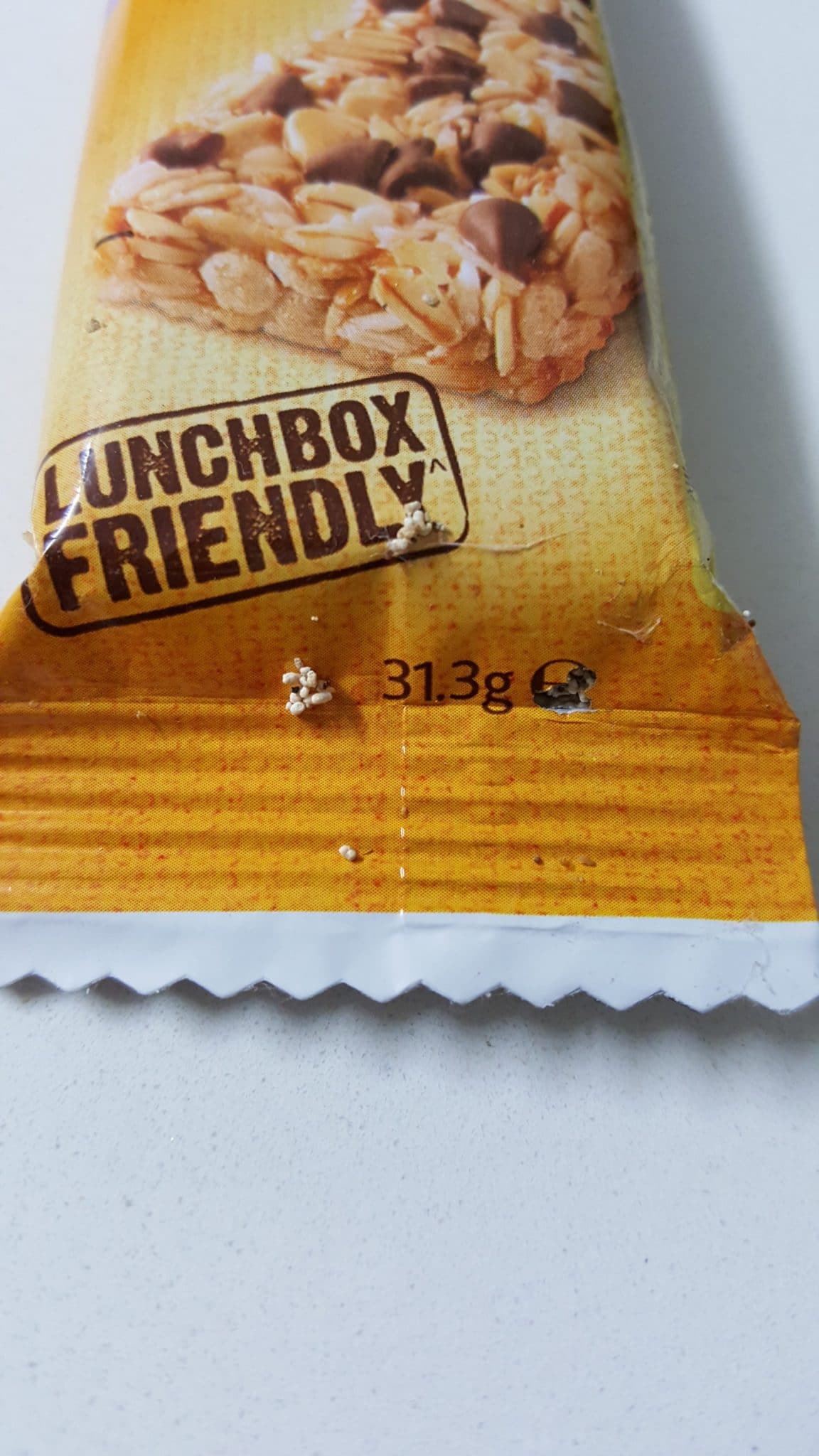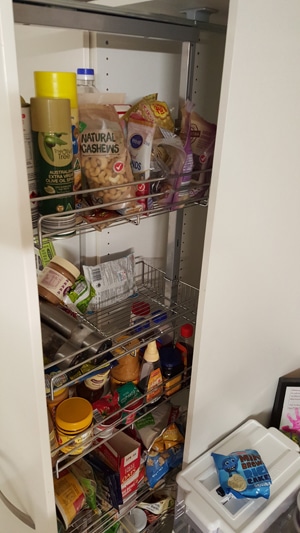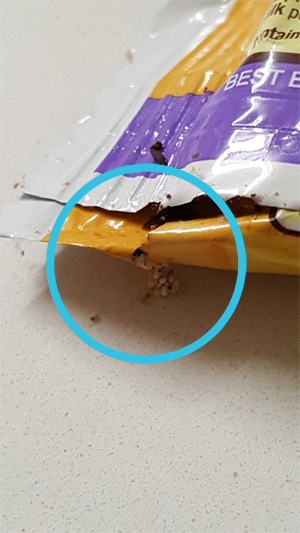Maggots and Pantry moth larvae
Before we get started on Pantry Moth, You have to know we have 4 types of Pantry Moth to look our for within your kitchen, which Includes: Mediterranean Pantry Moth, Indian Meal Moth, Brown House Moth & White Shouldered House Moth.
To identify Maggots and pantry moths larvae and how to tell the difference
Firstly when people see maggots in the kitchen the first thought is “there’s maggots in the bin”. Most of the time you might be right but it could also be moth larvae. Also Fly larvae and moth larvae are extremely similar visually with the only real differentiator being a little brown dot at the nose of the moth Larvae.
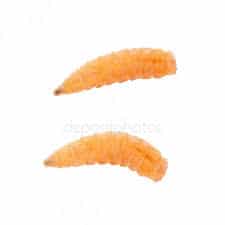
- Maggots and pantry moth larvae
Also These moths can turn into a real headache if they have had the chance to get established in your kitchen. So they are Normally brought into the house through food products like cereals, nuts, grains and seeds. The case in the photos was found to have moth larvae in an airtight food container which limited the spread. Looks like they have eaten their way out of a muesli bar – GROSS! Can you imagine that? The Trojan Horse which brought the moths into the kitchen was a sealed muesli bar!
- So How to get rid of Pantry Moths from your Cupboards.
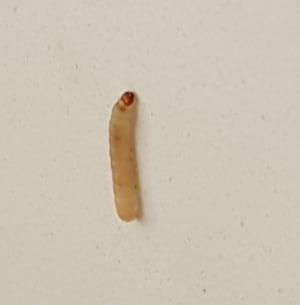
Unfortunately it is not an overnight fix. Firstly The larvae source needs to be found, suspicious food has to be removed and shelves need to be emptied and wiped out. There could be potential eggs on the wall lining of the cupboards where the source was found. So you really need to give it a good scrub and clean out. Furthermore Pheromone sticky traps can be used to attracted male adult moths which helps break the breeding cycle. Other than that it’s just a matter of killing moths, squashing webbed cocoons (normally found around architraves) as well as any moth larvae. Also a pest control will help.
In fact The Pantry Larvae will normally be found climbing up the walls trying to find a nice warm dark area to turn into a moth.
So Here is an example of Pantry Moths eating most things in their path including through the foil packaging of a muesli bar!
Every one of these Pantry moths can find a food source, which can lead to a moth infestation, where larvae will soon become a serious problem. A single female moth can lay up to 600 eggs which can cause food wastage and hygiene problems for your family if left unchecked.
You will want to look more closely if you ever see small moths floating in your house. These little moths maybe Indian food moths (Plodia interpunctella). Indian Meal Moth and other Pantry Moths are estimated to cause damages in the worth range of $200 million to $5billion per year.

The Indian Meal Moths can Live From a month to about 10 months depending on the temperature. The Moths go through a Complete Metamorphosis i.e from egg to larva, to pupa then finally Adult.
Indian Meal Moth is the cause of your food damage. The larva, which looks like tiny caterpillars, feeds on several dry foods. The Indian Moths can be found in spices, chocolate, and other food products that you won’t Normally find Other Types of Pantry Pest.
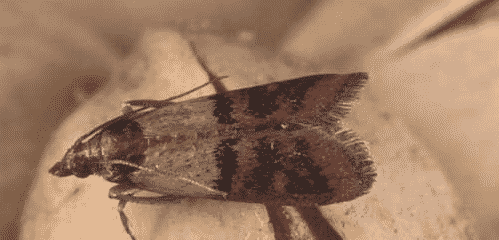
Depending on the weather the larva which hatches the eggs can take months to hatch. The Indian food moth larva can Chew several packaging styles and reach very small cracks, so it is important to put all the foods not in heavy-duty packaging into Tupperware containers, glass jars, and you can Refrigerate some products also.
The vacuuming of visible moths significantly reduces the numbers of pre-emerging moths and Breeding moths. It is necessary to ensure that the contents of the vacuum are fully removed once they are completed. If you also need to get rid of Bed Bugs Termites
- Maggots and Pantry Moth Larvas
To Book : Give Vicki or Lauren a call on 07 32008586. And They will be happy to help. Or fill out our online form. We are offering a special price . If you book a termite inspection with a pest control we will do it for $425.00 . This will save you $75.00.



